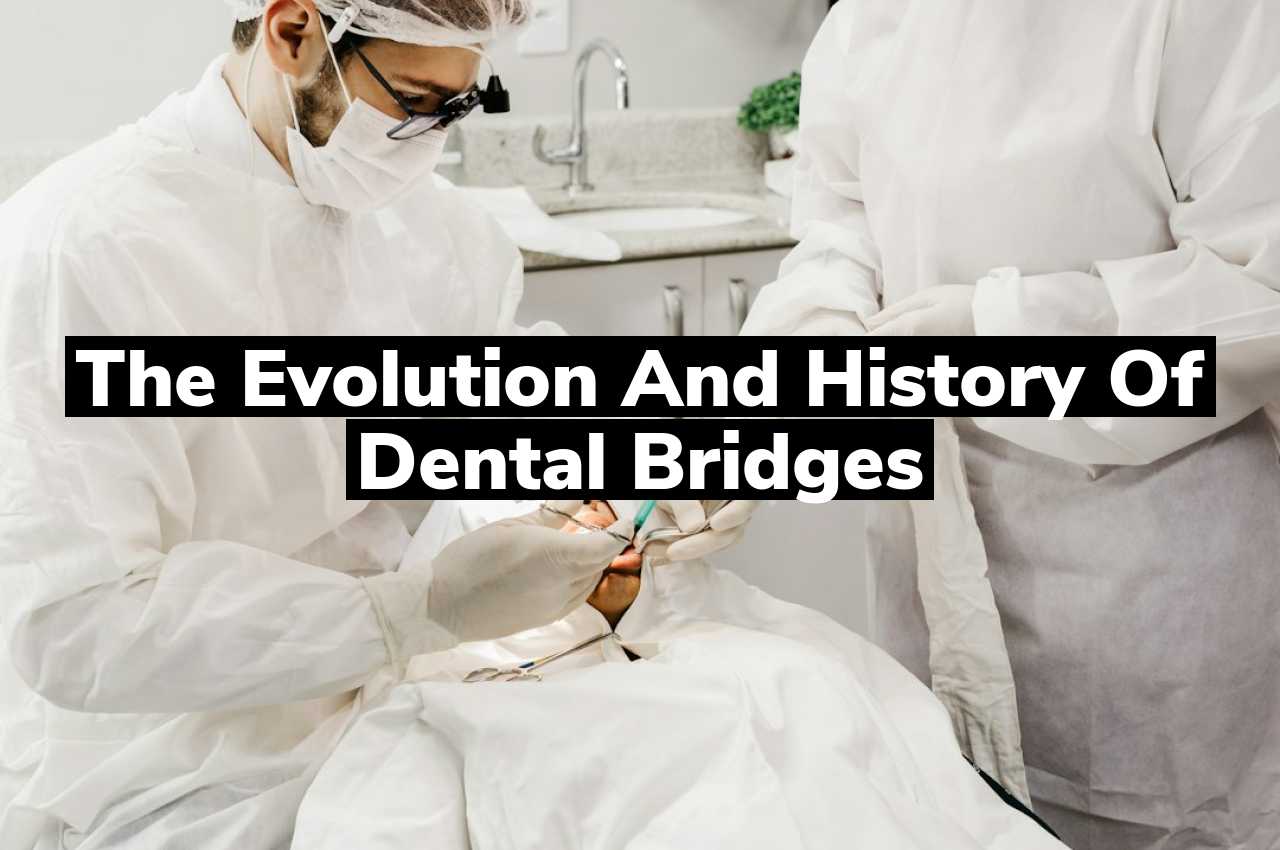Have you ever wondered how dental bridges have evolved over the years to restore smiles? Initially rudimentary in design, dental bridges have undergone significant transformations, leveraging advancements in dental technology and materials to offer more durable and aesthetically pleasing solutions. Today, they are a testament to centuries of medical innovation aimed at improving oral health.
Origins of Early Dental Bridge Techniques
The concept of dental bridges dates back to ancient civilizations, where rudimentary yet innovative methods were employed to address tooth loss. Historical records from various cultures illustrate the use of materials like ivory, gold, and even human teeth to create early forms of dental bridges. These initial techniques laid the groundwork for modern dental prosthetics, highlighting the enduring human concern for oral health and aesthetics.
As dental technology evolved, so did the sophistication of bridge designs. By the 18th century, advancements in dental materials and techniques allowed for more durable and functional solutions to tooth replacement. This historical progression has culminated in a variety of restoration options available today, each tailored to meet different dental needs and preferences. For a deeper understanding of how these options vary, one might explore Different Types and Styles of Dental Bridges, which provides insight into the evolution from early makeshift solutions to the advanced treatments currently in use.
Advancements in Dental Bridge Materials
The evolution of dental bridges has been significantly influenced by advancements in the materials used to create them. Historically, dental bridges were primarily made from metals such as gold or silver amalgam. However, modern technology has introduced a variety of new materials that enhance the functionality and aesthetic appeal of dental bridges. Porcelain, ceramics, and composite resins are now commonly used, providing a more natural appearance and improved durability. These materials have been engineered to better mimic the properties of natural teeth, ensuring that dental bridges offer both strength and a seamless look.
Further developments have also focused on the integration of advanced technology with these materials. For instance, the use of digital imaging and computer-aided design (CAD) in the fabrication of dental bridges allows for more precise fittings and improved comfort for the patient. This progress in material science and technology not only enhances the quality of dental bridges but also extends their longevity, making them a more viable option for long-term dental restoration.
Explore Frederick Dental Bridge Options to see how these advancements might benefit your dental health.
Impact of Technology on Dental Bridges
The evolution of dental bridges has been significantly influenced by advancements in technology. Over the years, the materials used in dental bridges have improved, offering enhanced durability and aesthetic appeal. Modern imaging technologies, such as digital X-rays and 3D imaging, allow dentists to create more accurate and personalized dental bridge designs, ensuring a better fit and more natural look. Additionally, the integration of computer-aided design (CAD) and computer-aided manufacturing (CAM) has streamlined the production process, reducing the time required to create custom bridges while increasing precision. These technological advancements have transformed the way dental bridges are designed, manufactured, and implemented, contributing to more effective and efficient dental restoration solutions.
Global Variations in Dental Bridge Practices
Dental bridge techniques and materials vary significantly around the world, reflecting diverse cultural, economic, and healthcare contexts. In many Western countries, advanced ceramic and porcelain materials are commonly used for their aesthetic appeal and durability. Conversely, in some parts of Asia and Africa, more basic materials and traditional methods are still in use due to accessibility and cost factors. These global variations highlight the adaptability of dental practices to meet different patient needs and resources. Understanding these differences can provide a broader perspective on dental care options worldwide. For those seeking dental services in Frederick, consider visiting Frederick Dentist at Lee Family Dentistry for your dental needs.
Future Trends in Dental Bridge Evolution
As dental technology advances, the evolution of dental bridges is expected to continue adapting to the growing needs of modern dentistry. Innovations in materials and design are likely to enhance the functionality and aesthetic appeal of dental bridges. Researchers are focusing on biocompatible materials that not only mimic the natural appearance of teeth but also ensure greater durability and comfort for patients. Additionally, the integration of digital dentistry tools, such as 3D printing and computer-aided design, is poised to refine the customization process, making dental bridges more tailored to individual oral structures. These advancements are anticipated to improve the overall effectiveness of dental bridges in tooth replacement therapies.
Conclusion
For further inquiries, please call us at 301-662-0300 or read our reviews on Google Maps.

